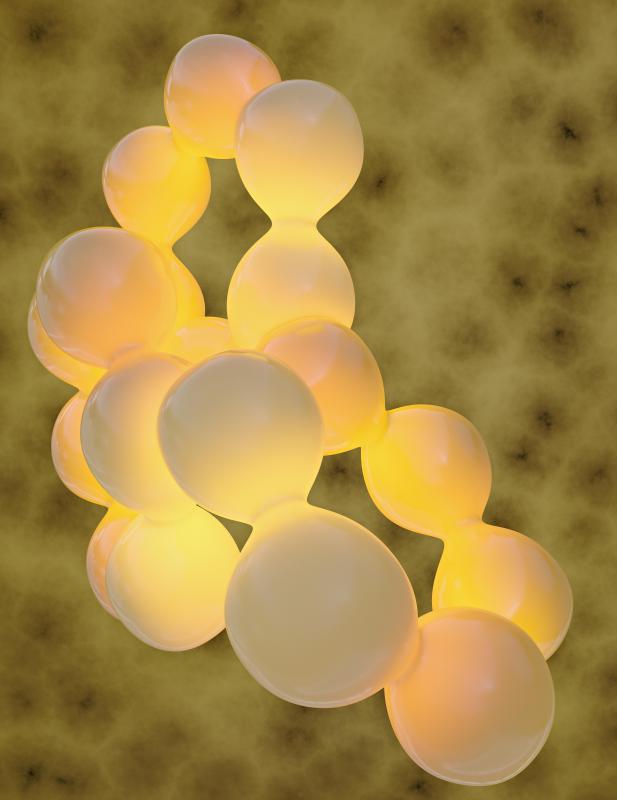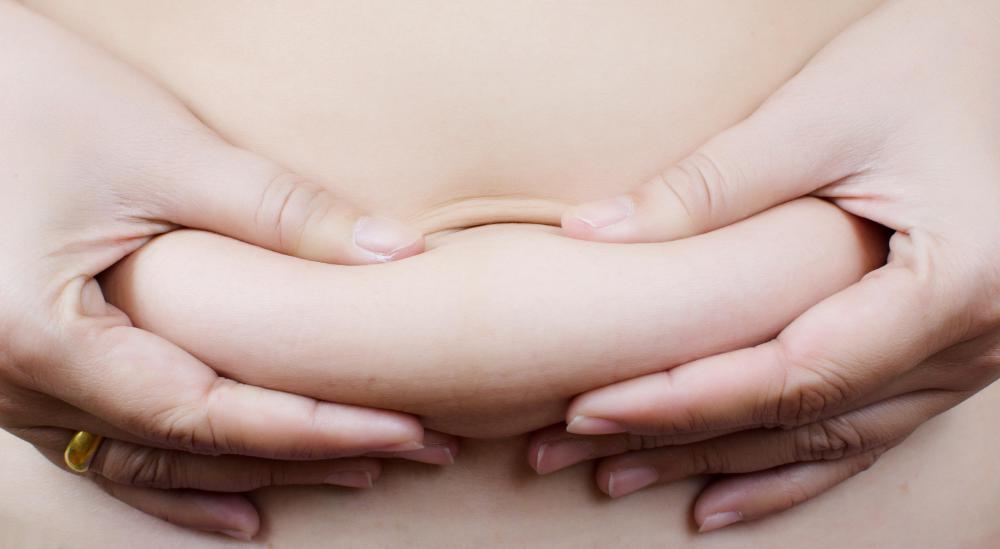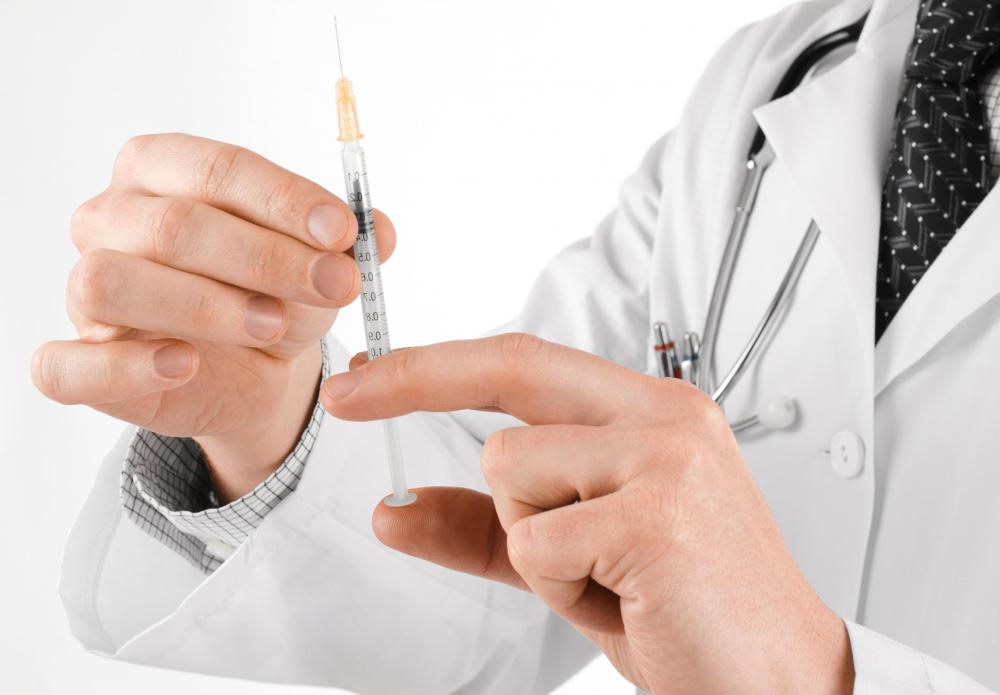At WiseGEEK, we're committed to delivering accurate, trustworthy information. Our expert-authored content is rigorously fact-checked and sourced from credible authorities. Discover how we uphold the highest standards in providing you with reliable knowledge.
What Is an Autologous Fat Transfer?
An autologous fat transfer is a cosmetic procedure that involves the transfer of fat cells from one part inside the body to another part. Autologous is a term used in relation to cells, blood, and tissues that means to have been harvested and transplanted into the same individual. The purpose of an autologous fat transfer is to increase subcutaneous fat in specific areas of the body. Patients often decide to undergo this procedure in order to increase their physical attractiveness while maintaining a natural appearance. Like other medical procedures, patients should be aware of the side effects of an autologous fat transfer before choosing this treatment.
Before an autologous fat transfer, fat cells must be carefully harvested from the patient. To do this, a surgeon will usually withdraw autologous cells with a syringe or through his or her preferred liposuction method. Some surgeons also choose to surgically remove autologous tissues from the body. The most common areas of the body from which to harvest fat are the inner thighs, lower stomach, and the inside of the knees. Once the fat has been harvested, it will be prepared and injected into the chosen area.

Autologous fat transfers are most commonly performed on the face, breasts, buttocks and hands. These procedures are usually performed to enlarge an area of the body, eliminate wrinkles, or give the skin a more youthful appearance. Fat transfers are also performed on patients who require reconstruction. For instance, after a mastectomy, a female breast cancer patient might receive fat transfers to restore the look of her breasts. In most cases, autologous fat transfers are chosen over other injectable materials and implants in order to maintain a natural appearance.

Depending on the area of the body that was enlarged, patients might be required to wear a compression garment for several weeks after getting an autologous fat transfer. During this time, patients might experience bruising, soreness and redness. The majority of patients also experience some degree of swelling. This is not only due to irritation, but also because most surgeons implant extra fat to make up for future absorption.

In addition to the normal side effects of the procedure, there are several more dangerous side effects that patients might experience. In some cases, patients have suffered infection, cysts, hemotomas, nerve damage and fluid accumulation. Transferred fat can also become hard and lumpy. In some cases, this happens because the fat cells have died during transfer and have not reabsorbed into the body. If this occurs, a patient might experience pain and require additional surgery.

Another important thing for patients to understand is that the results of an autologous fat transfer are not permanent. After a fat transfer, patients will usually notice results for six months to eight years. Results vary according to the skill level of the surgeon, the health of the patient, and the area of the body receiving the transfer.
AS FEATURED ON:
AS FEATURED ON:















Discuss this Article
Post your comments